When people talk about reliable cars, they’re usually referring to more than just convenience features or interior design. The real question for many buyers, especially those looking to keep a car for the long haul, is whether the engine can stand the test of time.
Some vehicles develop a reputation over decades for engine reliability that outlasts every other component. Others, however, become cautionary tales, plagued by premature engine failure, high repair costs, and frustrated owners.
Knowing which cars are built to last and which ones are prone to early failure can make a huge difference when buying used or even when choosing a new car with long-term ownership in mind.
There’s a reason some engines are praised by mechanics who see cars with hundreds of thousands of miles come through their shop with no major issues. Brands like Toyota and Honda, among others, have built part of their reputation around reliable engine design and durable construction.
Owners of certain models report trouble-free operation year after year, and in many cases, these cars require only basic maintenance to keep running well into the 200,000-mile range.
On the other side of the spectrum, some cars begin to show signs of serious engine problems before hitting 80,000 miles. Whether it’s a flawed design, poor-quality materials, or a lack of proper engineering foresight, some engines just don’t hold up.
This list aims to provide a balanced look at both ends of the spectrum. Five cars are highlighted for having engines known for long-term durability, while five others are discussed for their engine failures at surprisingly low mileage.
These selections are based on general patterns of performance and common mechanical feedback, not isolated incidents.
This doesn’t mean every car of a certain model will fail or last forever, but the general reliability or lack thereof has been widely reported over the years. If you’re in the market and trying to avoid regret, understanding these tendencies can help you make a smarter choice.
Also Read: 5 EVs That Stay Safe and 5 That Get Recall Notices
5 Cars With Engines That Refuse to Die
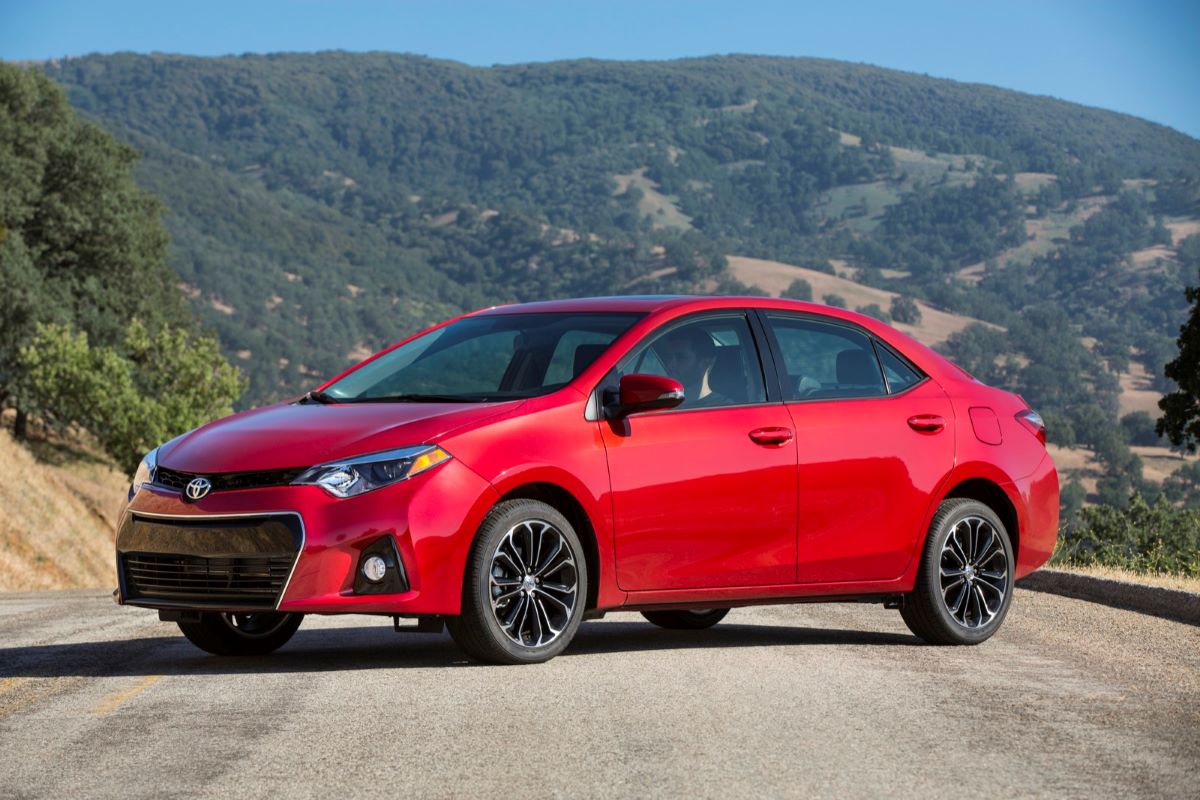
1. Toyota Corolla
The Toyota Corolla has long held a reputation for being one of the most dependable cars in the world. At the core of its reliability is a simple, well-built engine that rarely negatively surprises its owner.
The 1.8-liter four-cylinder engine used in many Corolla models is not particularly powerful or flashy, but it is carefully engineered for consistency.
Many Corollas from the early 2000s are still on the road today with original engines and mileage that has crept well past the 250,000 mark. Mechanics often note that the engines in these cars show low levels of wear even after years of daily use.
Part of the engine’s longevity comes from its conservative performance tuning. The engine doesn’t push its limits, which means it doesn’t overstress internal components like pistons, rods, or gaskets. It also uses a timing chain instead of a belt, reducing the risk of failure from missed maintenance.
Basic maintenance, like oil changes and air filters, is often enough to keep the engine healthy. Owners rarely encounter major repairs until the car has lived a full and productive life, often beyond what most people expect from a compact sedan.
Toyota’s consistent approach to quality control is another reason the Corolla engine stands the test of time. Unlike some manufacturers who vary quality depending on model year, Toyota has kept the Corolla’s engine design largely focused on longevity and efficiency.
That focus pays off when you consider how many older Corollas you still see commuting, even though their paint may have faded and their interiors worn out. The engine is usually the last thing to fail.
Finally, parts availability and affordability help keep older Corolla engines going. If a component does wear out, it’s rarely an expensive or complicated repair.
With a large community of long-time Corolla owners, it’s not hard to find knowledge and advice on how to keep the engine running smoothly. That shared experience and support add another layer of value to an already dependable machine.
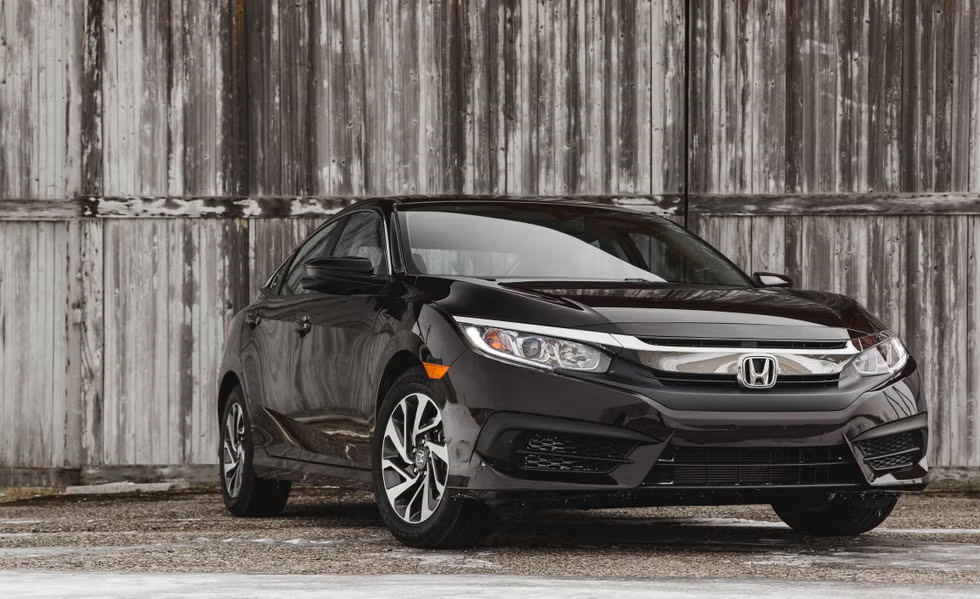
Also Read: 5 Chevrolets That Stay Affordable Long Term vs 5 That Cost a Fortune
2. Honda Civic
The Honda Civic is another example of a vehicle with an engine that just doesn’t quit. Known for combining efficiency with durability, the Civic has earned a reputation that spans multiple decades.
Whether it’s a mid-90s model or one built more recently, the engines in these cars tend to hold up extremely well when maintained with even the most basic care.
Many Civic owners report exceeding 200,000 miles without any major engine work. This level of reliability has made the Civic a favorite among first-time car buyers and long-time enthusiasts alike.
The success of the Civic’s engine longevity can be traced to Honda’s engineering philosophy. Honda tends to focus on naturally aspirated engines with strong internal balance and long-term durability in mind. The most common Civic engines, like the 1.6-liter and 1.8-liter versions, are not high-performance machines, but they are incredibly well made.
Cylinder walls tend to stay clean, compression holds well even at higher mileage, and gaskets and seals often last far beyond expectations. As long as oil changes are done on time, the engine keeps running with minimal fuss.
One of the other things that helps the Civic engine last is its forgiving nature. Even when maintenance is not perfectly kept up, these engines often survive the neglect. That doesn’t mean skipping care is a good idea, but it does show that the engine has a wide margin of durability.
The cooling systems, fuel delivery, and timing mechanisms are all designed for ease of service and long life. Combine that with the Civic’s lightweight design, and the engine doesn’t have to work as hard as it might in a heavier vehicle.
The Civic is also one of the most supported cars in terms of aftermarket parts and repair knowledge. If anything goes wrong, there’s a strong chance it’s been fixed before by someone else who has shared the solution.
This ease of access to parts and information helps keep Civic engines running longer because small problems get fixed before they turn into big ones. It’s a well-earned reputation built on real-world experience.
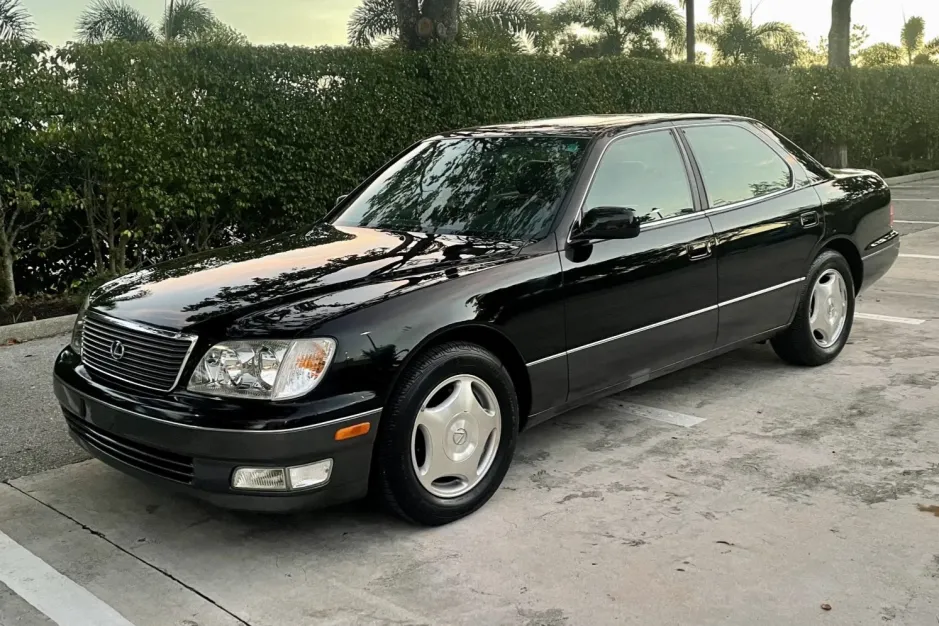
3. Lexus LS400
The Lexus LS400 is one of the most well-regarded luxury sedans when it comes to engine longevity. Under the hood, it houses the 1UZ-FE V8 engine, a powerplant often described as over-engineered. Built during a time when Lexus was trying to establish itself as a serious luxury competitor, the LS400’s engine was designed to exceed expectations and outlast its German counterparts.
It succeeded. Many LS400s with over 300,000 miles are still running on their original engines, and owners often say the engine feels as smooth at 250,000 miles as it did at 50,000.
What makes the LS400’s engine so durable is a combination of material quality and conservative design. The aluminum block and heads are paired with forged components internally, which is uncommon for a luxury sedan meant for quiet cruising.
The engine was also tuned to prioritize smoothness and reliability over outright performance. That meant lower stress on internal parts and fewer chances for something to go wrong. Regular maintenance, especially fluid changes, is rewarded with an engine that never seems to complain.
Another factor in the LS400’s engine longevity is how well it was matched with the car’s transmission and cooling system. The engine doesn’t struggle to move the car’s weight, and the smooth shifting of the transmission keeps things consistent.
The cooling system is also robust, helping prevent overheating even in challenging climates. This well-rounded mechanical setup helps keep the engine in a healthy operating state year after year.
Even though the LS400 is now considered a vintage car, its engine reliability is still praised by enthusiasts and mechanics. It’s not uncommon to find a well-maintained LS400 that starts up immediately, idles quietly, and delivers a pleasant driving experience with no indication of its age.
For a car that aimed to redefine luxury when it was introduced, it’s impressive that the engine quality has allowed it to become a modern classic without the headaches that often come with older luxury cars.
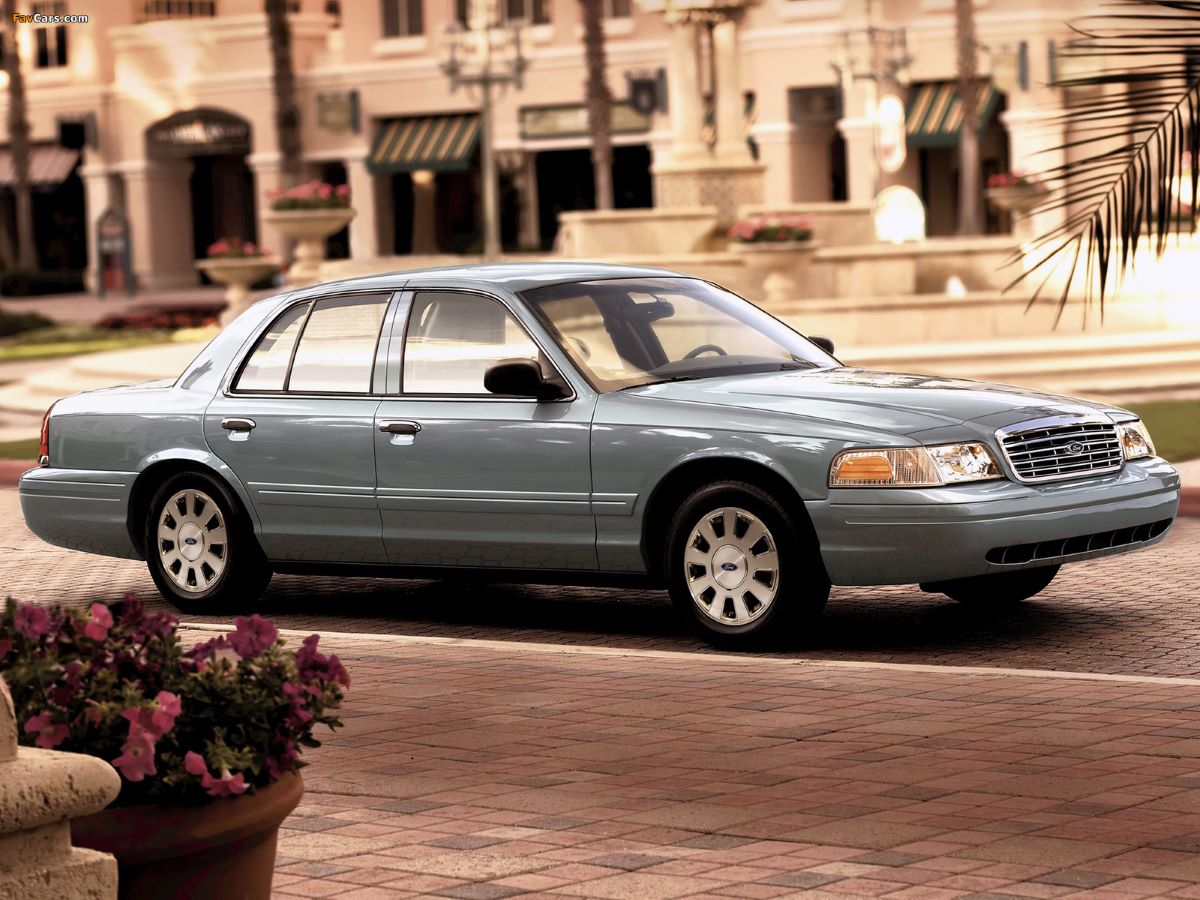
4. Ford Crown Victoria
The Ford Crown Victoria, especially in its Police Interceptor and taxi configurations, earned a solid reputation for engine reliability. The heart of the car is the 4.6-liter modular V8 engine, known for its ability to handle hard use and high mileage.
This was a favorite among law enforcement and fleet buyers because the engine was known to last well over 250,000 miles with standard upkeep. Many decommissioned police cars and taxis still run reliably today, often with engines that have endured tough conditions but continue performing.
The key to the Crown Victoria’s engine durability is its simple, robust construction. It’s a non-interference engine, meaning that if the timing chain fails, it’s less likely to destroy the engine’s internals.
That alone has saved many engines from premature failure. The V8 design allows for smooth operation, and the components are generously sized for strength.
Ford didn’t over-engineer this engine for power; instead, it focused on building something that could survive daily punishment without giving up.
Fleet maintenance practices also contribute to the Crown Vic’s long life, but even privately owned models show similar reliability when properly cared for. The engine handles highway driving and city traffic equally well.
Oil changes, coolant flushes, and transmission service are usually all it takes to keep the engine in good condition. And thanks to its layout, it’s easier to work on compared to some modern engine bays that are tightly packed and complex.
Even as newer cars have taken over the police and taxi fleets, the Crown Victoria remains popular in used markets for buyers who want a reliable daily driver with simple mechanics. Parts are still widely available, and engine repairs are often affordable.
The V8 engine, while not the most fuel-efficient, rewards owners with dependable performance that rarely lets them down. For a vehicle that was once everywhere on the road, it’s still not hard to find one running smoothly with a well-worn odometer.
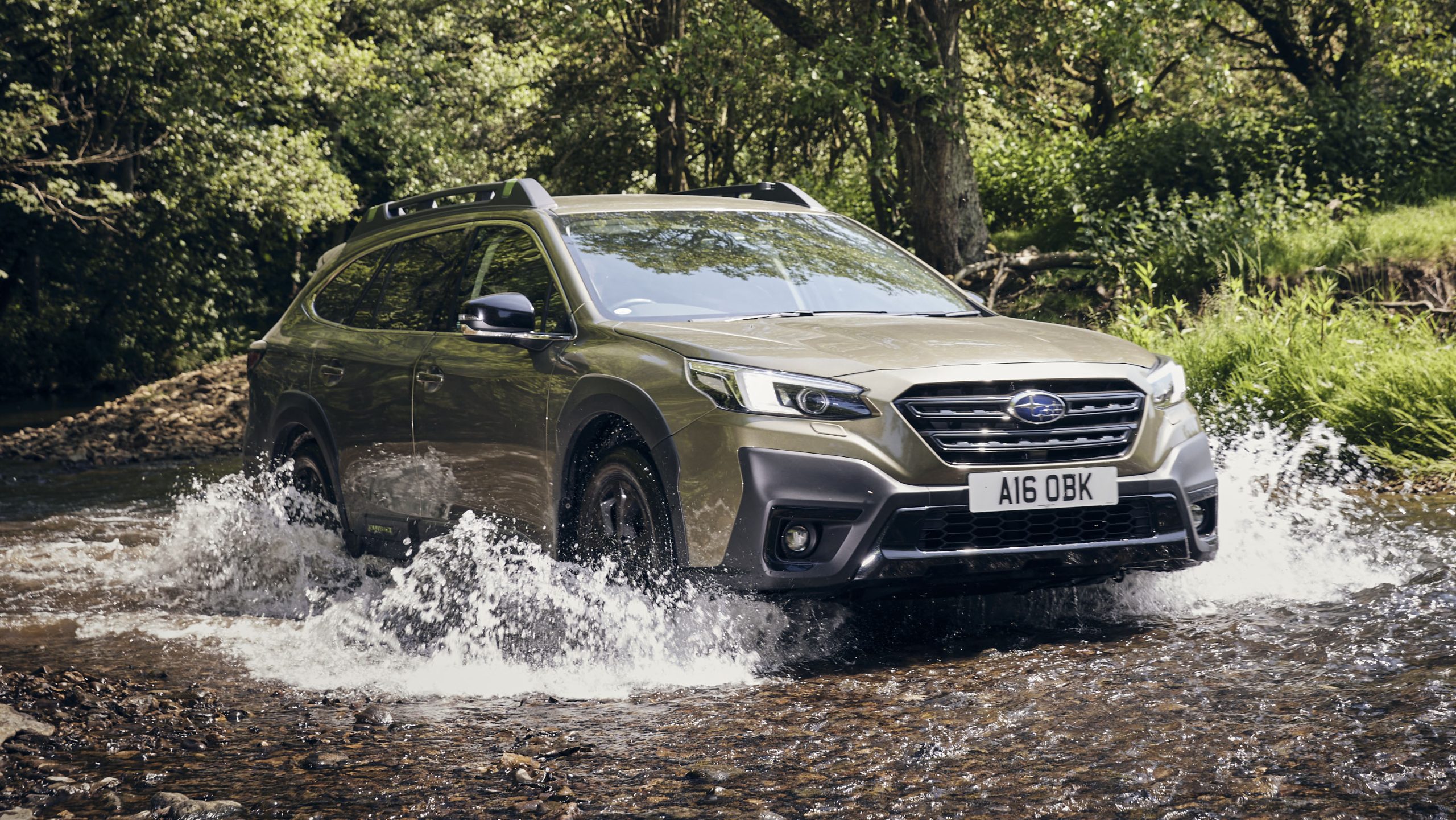
5. Subaru Outback
The Subaru Outback, particularly models with the naturally aspirated 2.5-liter four-cylinder engine, has proven to be a long-lasting option for drivers who face varying weather and terrain.
These engines, when maintained properly, often see mileage above 200,000 with no serious mechanical breakdowns.
While Subaru has had mixed reliability in other areas, the non-turbocharged Outback engines have shown strong durability over time, particularly when head gasket issues are addressed early on.
One of the reasons the Outback engine performs well long-term is its boxer layout. This design keeps the engine’s center of gravity low, which improves handling, and it also allows for relatively smooth operation.
The design is different from most inline engines, but Subaru has refined the boxer format to handle daily driving needs reliably. As long as oil levels are kept within range and the cooling system is functioning well, the engine doesn’t tend to suffer from major issues.
Early 2000s models did suffer from head gasket failures, but Subaru responded with improved gasket materials in later years. Once that design flaw was corrected, the engines became far more resilient.
Owners who proactively service their cooling systems and use high-quality fluids tend to report strong reliability even after 15 or more years of driving. Timing belts are a scheduled maintenance item, but when replaced on time, they rarely cause trouble.
The Outback engine also benefits from a supportive owner community and a wealth of repair knowledge. There’s no shortage of advice, tutorials, and parts available for these cars, making it easier to keep them on the road for the long haul.
While not everyone needs a wagon with all-wheel drive, those who do often find the Outback engine dependable and consistent, especially in challenging driving conditions. For people who value longevity in a versatile package, the Outback engine delivers year after year.
Also Read: 10 High-Mileage Cars That Have Their Interior Looking New
5 That Fail Before 80K
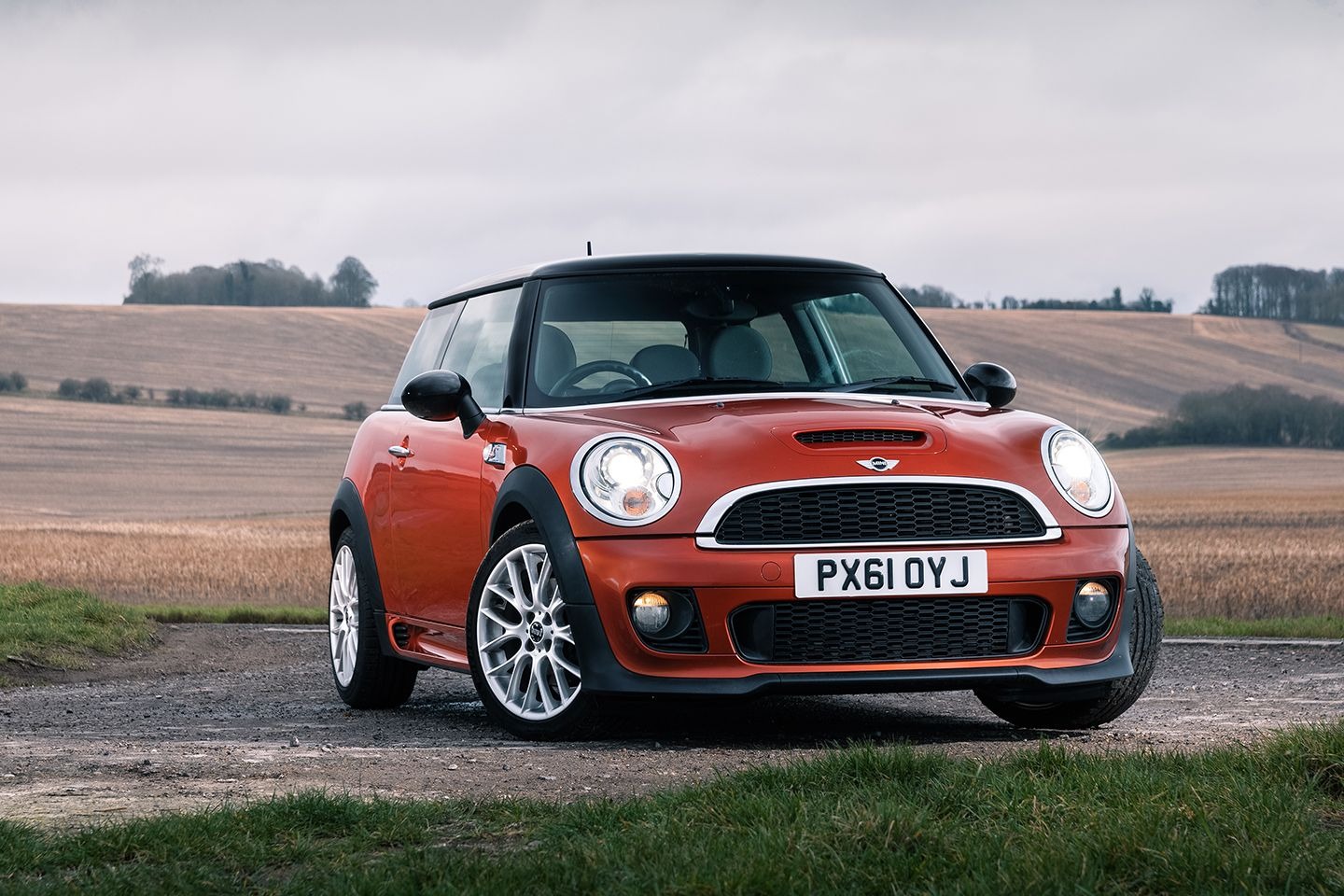
6. Mini Cooper S
The Mini Cooper S, especially models from the mid-2000s to early 2010s, has gained a reputation for engine problems that tend to surface well before the 80,000-mile mark. While the car has a distinct style and engaging driving dynamics, its 1.6-liter turbocharged engine has a long list of mechanical concerns that have frustrated many owners.
Timing chain tensioners, carbon buildup, oil consumption, and cooling system failures are just a few of the common complaints. These issues often appear before the car hits high mileage, leading to expensive repairs or even complete engine replacements.
One of the more significant issues with the Mini Cooper S engine is timing chain failure. Instead of using a timing belt, the engine uses a chain that’s supposed to last the life of the engine.
However, faulty tensioners and poor design mean the chain can stretch or fail prematurely, sometimes with catastrophic results. In many cases, the warning signs are subtle, rattling noises at startup, rough idling, or loss of power, but if ignored, the engine may suffer valve damage or worse.
Another problem area is oil consumption. Many Mini Cooper S engines are known to burn oil excessively, and there’s no low-oil warning light in some models.
If owners don’t manually check their oil levels regularly, the engine can run low and suffer damage. Combine that with the potential for turbo failure and cooling system leaks, and the chances of a major failure before 80,000 miles are much higher than average.
What makes the situation worse for some owners is the cost of repair. Though the car is relatively small, the engine bay is cramped, and many components are labor-intensive to reach. This drives up the cost of fixing even simple problems.
Some owners find themselves replacing timing components, gaskets, or the entire engine for costs that exceed the car’s value. While the Mini Cooper S has a fun-to-drive character, its engine problems make it a risky choice for anyone hoping for long-term reliability.
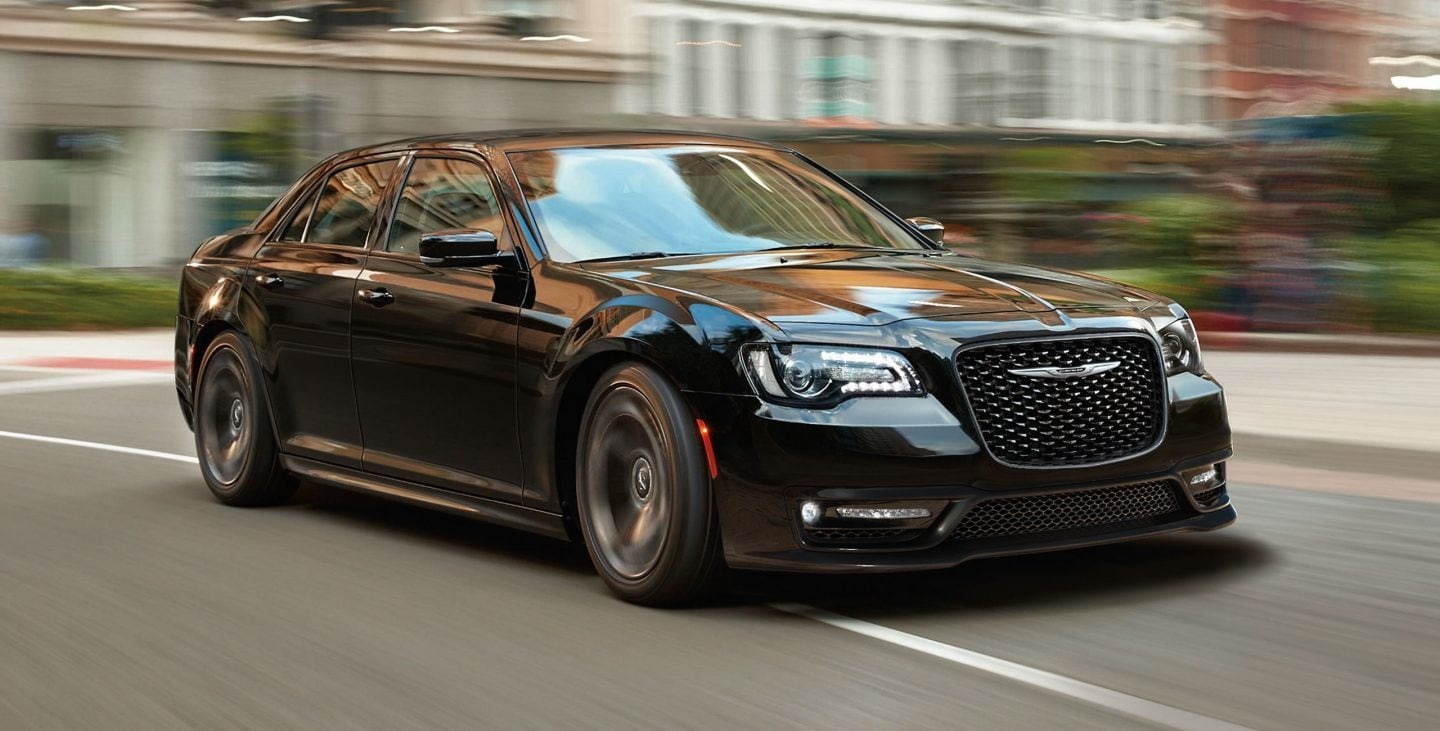
7. Chrysler 2.7L V6
The 2.7-liter V6 engine used in several Chrysler models, including the Sebring, Intrepid, and Concorde, has become infamous for early engine failure. Though it was marketed as a modern, efficient engine, it turned out to be one of Chrysler’s most problematic powerplants.
Many owners reported major engine failures before reaching 80,000 miles, often due to oil sludge buildup, timing chain problems, and poor cooling system performance. For a number of vehicles that carried this engine, the cost of repairs often exceeded the vehicle’s worth.
Oil sludge buildup is the most common culprit behind the early death of these engines. The engine’s design included narrow oil passages and a crankcase ventilation system that didn’t do a good job of keeping moisture and contaminants out of the oil.
Even with regular oil changes, sludge could accumulate, restricting oil flow and starving the engine of proper lubrication. Once sludge forms, internal parts like bearings, camshafts, and timing chains begin to fail quickly.
The cooling system also had its share of weaknesses. Failures in the water pump or thermostat housing could lead to overheating, and the placement of the water pump within the engine made repairs both costly and complicated.
If the pump failed and leaked coolant into the engine oil, serious damage could occur. Overheating episodes often went unnoticed until they had already caused warping or cracking of internal parts, compounding the problem.
Timing chain issues added another layer of concern. While timing chains are generally more durable than belts, the ones in this engine were prone to stretching or failure, particularly when oil sludge was present.
That failure could lead to valves hitting pistons, effectively destroying the engine. Despite these known issues, Chrysler continued to use the engine in several models over multiple years, resulting in many owners being caught off guard by major engine repairs before 80,000 miles. The 2.7L V6 remains a cautionary tale for buyers of used cars.

8. BMW N54 Engine
The BMW N54 engine, used in models like the 335i and 135i from the mid to late 2000s, received praise for its performance but also developed a reputation for early mechanical issues.
Despite being powerful and smooth, the twin-turbocharged inline-six was plagued with problems that often led to engine failure or expensive repairs well before reaching 80,000 miles. While not every engine failed, many required major service at low mileage, diminishing trust in its long-term reliability.
One of the most common issues with the N54 engine is high-pressure fuel pump (HPFP) failure. This component is crucial for delivering fuel to the engine under high pressure, and when it fails, the engine can stall, misfire, or enter limp mode.
Many owners experienced multiple HPFP replacements within the warranty period. BMW even extended warranties on some models due to the frequency of this failure, but it remained a major concern for buyers of used vehicles.
Another significant problem with the N54 engine is carbon buildup. Because it uses direct fuel injection, fuel doesn’t clean the intake valves as it does in port-injected engines.
Over time, this leads to heavy carbon deposits on the intake valves, which can reduce performance and cause rough idling or misfires. Cleaning the intake valves requires labor-intensive walnut shell blasting, a service that is costly and needs to be done regularly to avoid long-term damage.
Turbocharger failure is also a frequent issue. The N54’s twin turbos are known to wear out quickly, especially under aggressive driving or tuning. Wastegate rattle and boost loss are common signs that the turbos are failing.
Replacing the turbochargers is expensive, and in some cases, engine damage from broken parts has occurred. For a car marketed as a high-performance machine, these repeated failures have disappointed many owners expecting better engineering.
Despite its potential for excitement behind the wheel, the N54 engine’s track record has made it a risky choice for long-term ownership.
It may offer a thrilling drive in the short term, but many have found that the cost of keeping the engine alive outweighs the benefits. As a result, it stands out as an example of performance that comes at a steep price.
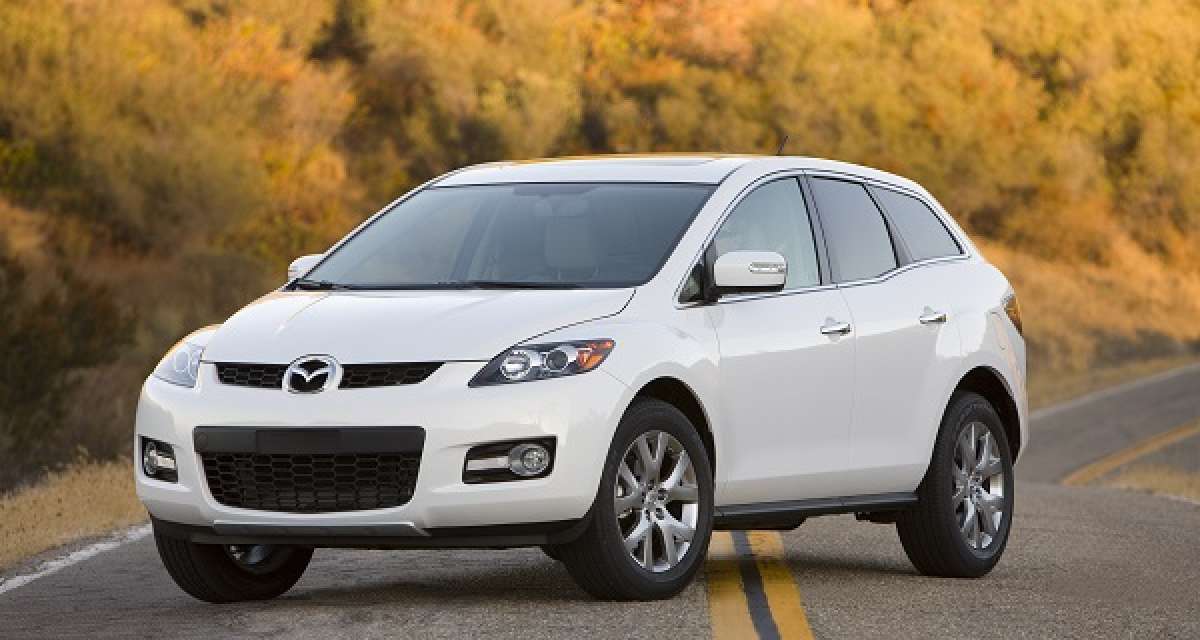
9. Mazda CX-7
The Mazda CX-7, specifically those equipped with the 2.3-liter turbocharged engine, struggled with serious engine issues that often led to premature failure.
Owners frequently reported trouble before hitting 80,000 miles, including smoking turbos, low compression, and failed timing chains. While the CX-7 had a sporty design and was fun to drive when new, its engine proved to be unreliable in the long run, leading to widespread frustration and steep repair bills.
A major issue with the CX-7’s engine is turbocharger failure. The turbo on this engine is sensitive to oil quality and proper warm-up and cool-down procedures, which many owners were unaware of.
If the turbo is damaged or not lubricated properly, it can start to leak oil into the exhaust system, leading to visible smoke and poor performance. In some cases, the turbo failure damages the engine beyond simple repair, requiring either a rebuild or full replacement.
Oil consumption is another common complaint. Many CX-7s burn oil at a rate that surprises owners, especially because there’s no warning light for low oil.
If the oil isn’t manually checked often, the engine can run dry, leading to internal damage. Piston ring wear and valve seal problems are known causes of this issue. Once the engine starts burning oil, the problem usually worsens quickly and becomes expensive to fix.
The timing chain is also prone to early wear, especially if oil quality is poor. Tensioner issues can lead to timing problems, and if the chain jumps or fails, the result is usually a severely damaged engine.
While timing chains are usually low-maintenance, this engine needs careful oil management and sometimes early replacement of these parts to avoid catastrophic outcomes. Unfortunately, many owners don’t realize this until it’s too late.
Given the cost of fixing these issues and the number of engines that failed at relatively low mileage, the CX-7 with the 2.3L turbo engine is often recommended only to buyers who are fully aware of the risks.
Even then, it’s a gamble, and for most, the engine’s design flaws outweigh the vehicle’s positives. The number of failed engines in under 80,000 miles cements its place on this list.
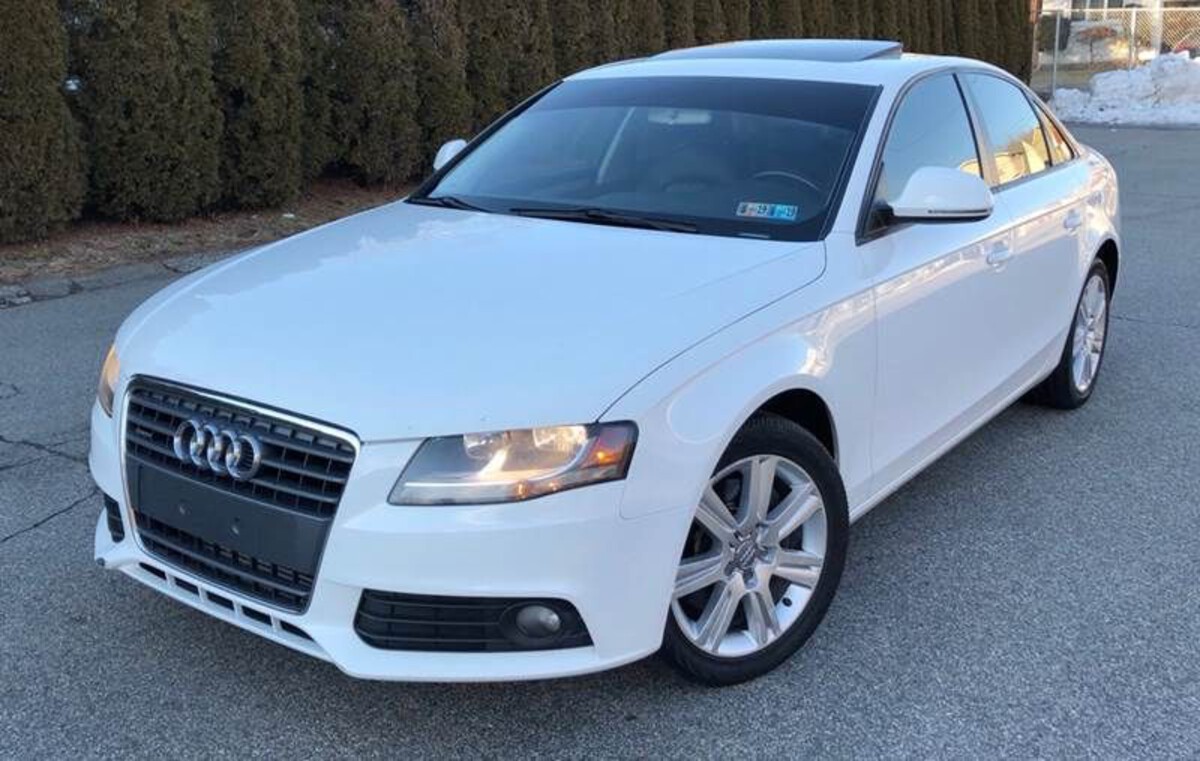
10. Audi A4 2.0T
The Audi A4 equipped with the 2.0-liter turbocharged four-cylinder engine, particularly from the early 2000s through mid-2010s, has earned a reputation for engine troubles that often occur before 80,000 miles.
This engine, while offering strong performance and good fuel economy, is frequently plagued by excessive oil consumption, timing chain tensioner issues, and turbocharger problems. These recurring issues often result in high repair costs and, in many cases, complete engine failure.
One of the biggest complaints is excessive oil consumption. Some engines consume a quart of oil every 1,000 miles or less, which can lead to serious damage if not constantly monitored.
Audi acknowledged the issue in some cases and offered limited coverage or settlements, but many owners were left on their own. Low oil levels contribute to premature wear, overheating, and failure of key components like pistons, rings, and bearings. Once internal wear begins, the engine often doesn’t recover.
The timing chain tensioner is another known weakness. If the tensioner fails, the chain can jump, resulting in the pistons striking the valves.
This often totals the engine, requiring a full replacement. Though Audi issued technical service bulletins about the problem, it wasn’t a common recall, and many owners only became aware after costly damage occurred.
Regular inspection and early replacement of the timing chain components can help avoid this fate, but the problem has tarnished the engine’s reputation.
Turbocharger reliability is also a concern on some A4 models. While the turbo adds significant power and efficiency, it’s vulnerable to failure if oil changes are neglected or if the car is subjected to frequent short trips where the turbo doesn’t get a chance to cool properly.
Turbo failure usually results in costly repairs, and in some cases, debris from a failing turbo can damage the engine internals, accelerating failure.
Despite these issues, many Audi A4 2.0T engines do run past 100,000 miles with proper care, but the number of early failures and repair bills that come before 80,000 miles make this engine a risky choice for buyers looking for long-term reliability.
Buyers should be prepared for vigilant maintenance and the possibility of expensive repairs. For those unwilling or unable to do so, the 2.0T engine can turn from a pleasure to a headache in a surprisingly short time.
